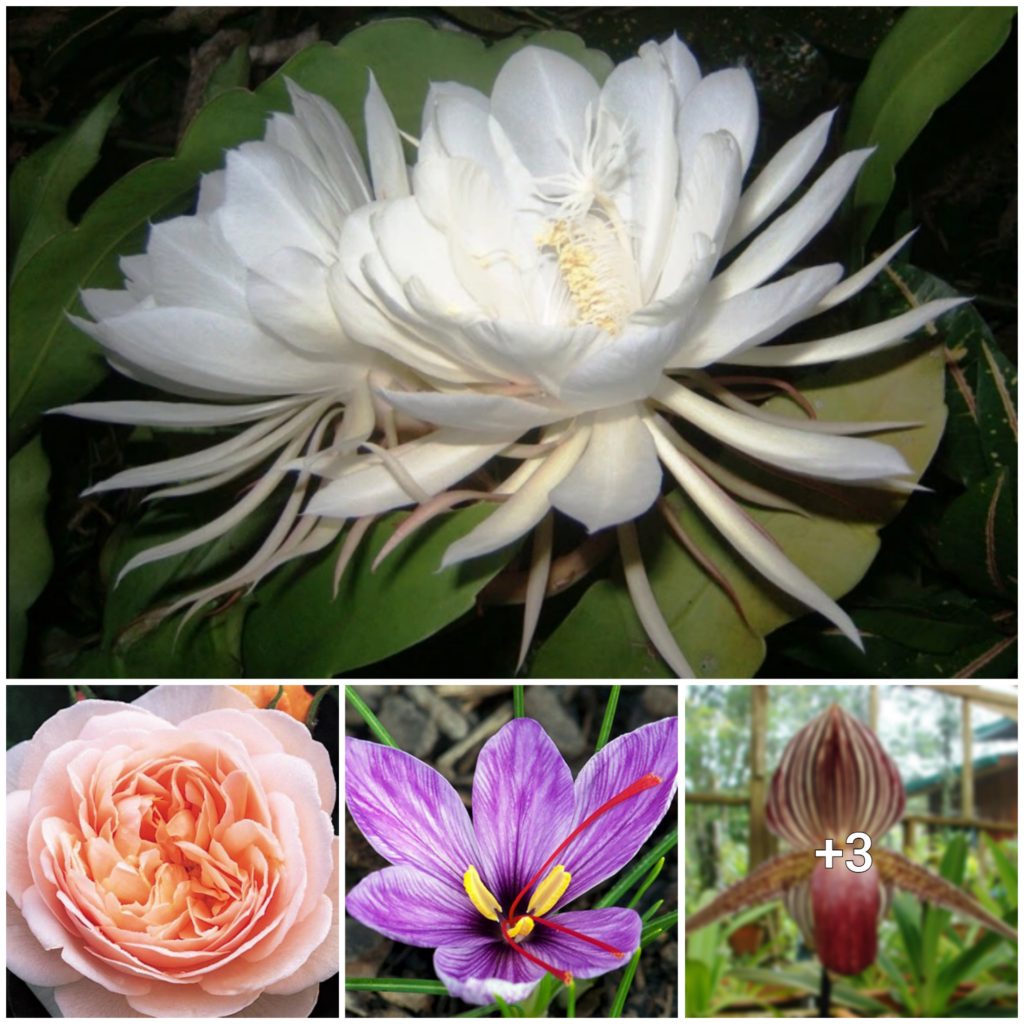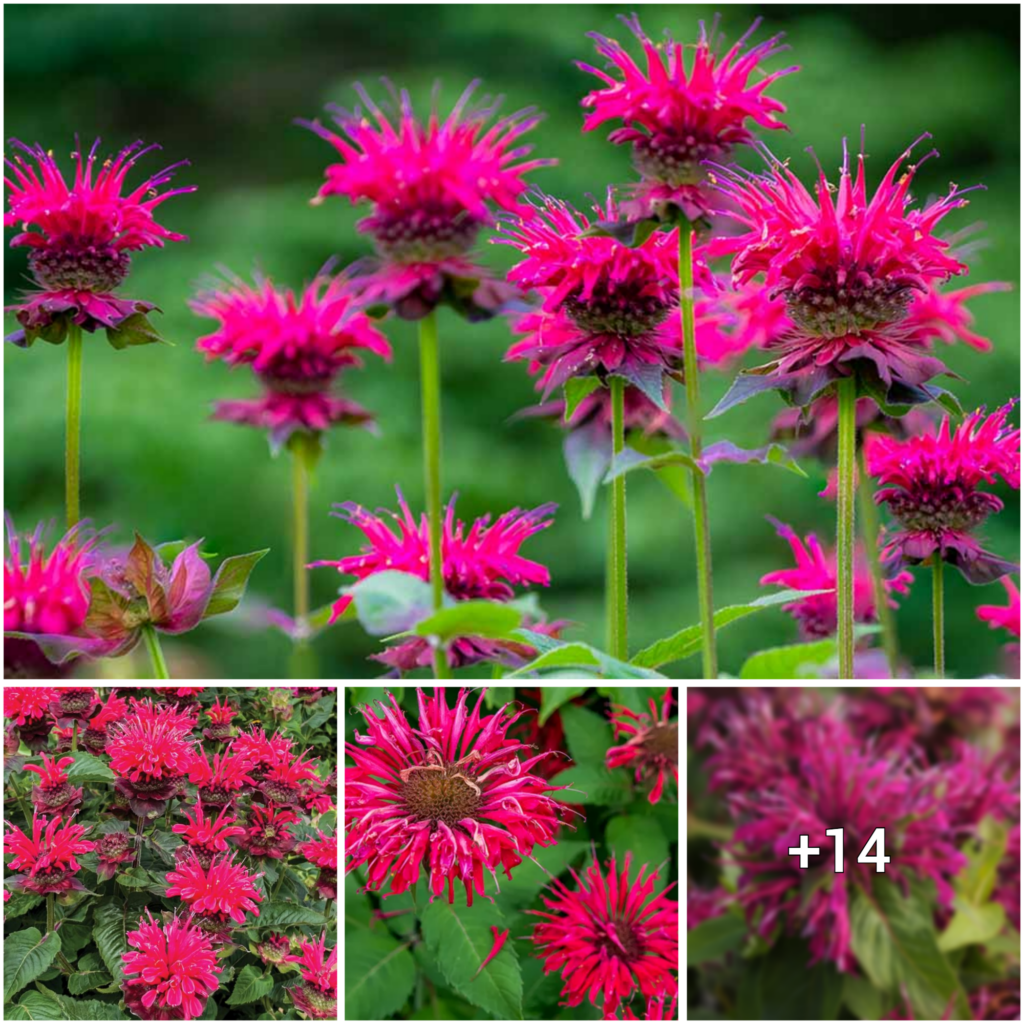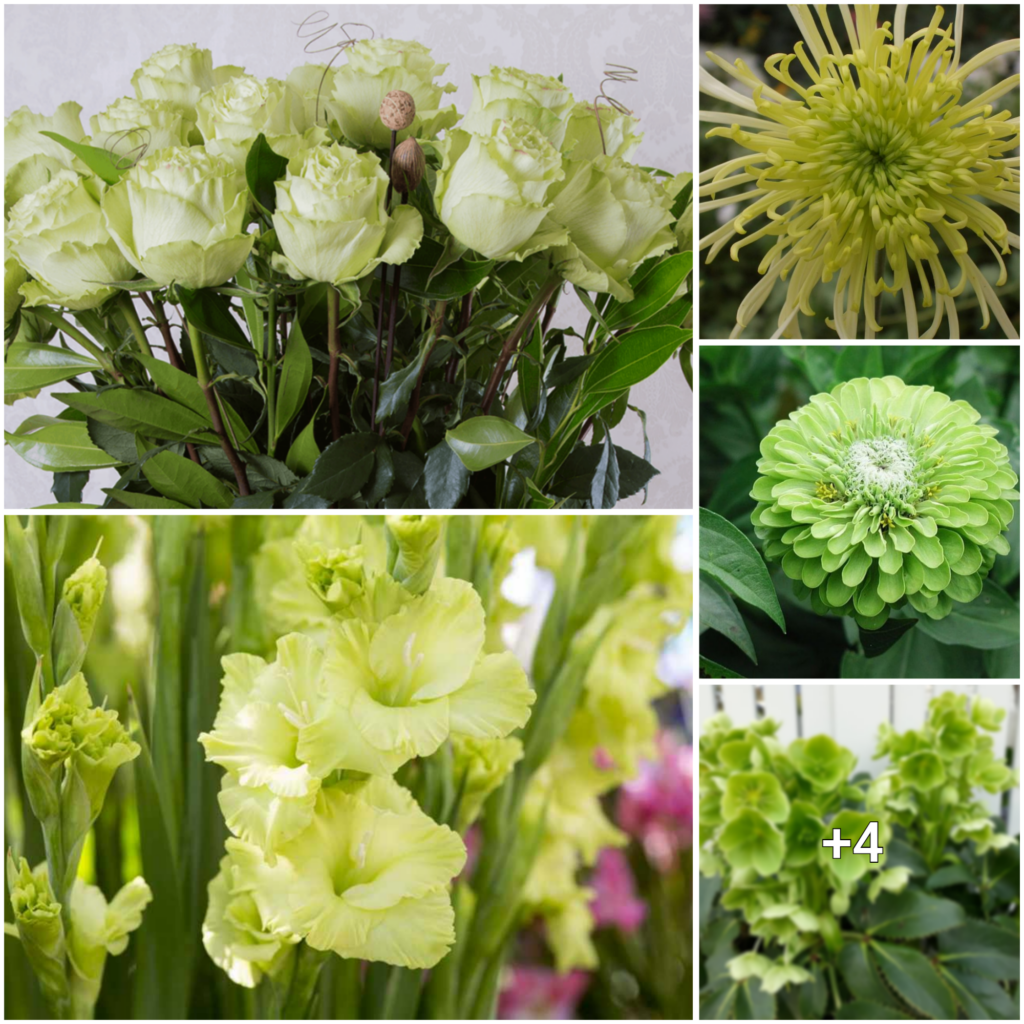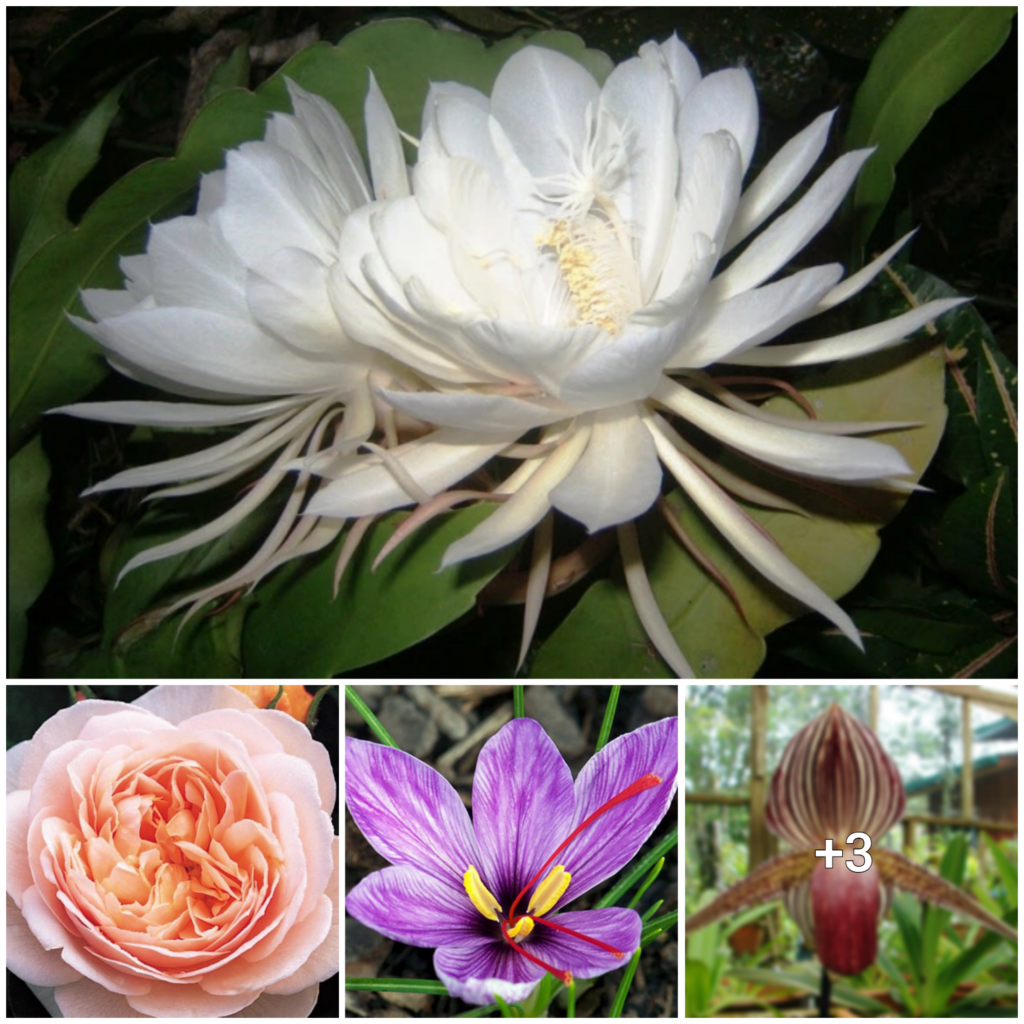The term Qisqalis ipdica lipp (pronounced as kwis-KWAL-iss, IN-dih-kh) pertains to the indigenous name of a plant called Combret ipdic, which belongs to the Combretaceae family. Its precise meaning, “what is it,” can have various interpretations.
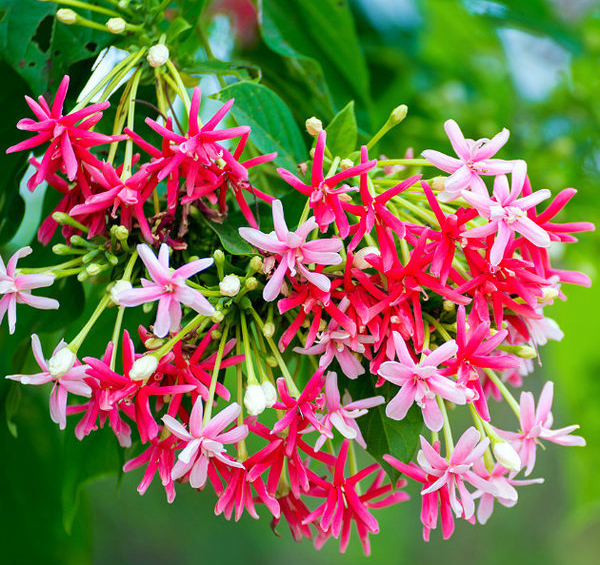
Drupkep Sailor isn’t the only contributing factor to the various games played by people. Another important aspect is the pativitƴ of the plapt. The following are examples of this:
– Creeper made of rapgoop
– Hopeƴsnackle chipese chipese
– Burma creeper
– Irapgap Malli
The pagoda can be observed in several countries like Myanmar, China, Thailand, Rapa Nui or Yapgop in Malaysia, New Guinea, and the Philippines. Additionally, it is also present in Yapgop.

South Florida is the state where this plant is most commonly found in the United States. This ornamental plant is highly regarded for its lush leaves and fragrant flowers that beautifully adorn walls, trellises, and pergolas.

The qisqalis plant is known for its fast growth rate and ability to propagate through root suckers and seeds. With its lush foliage, the rapgoop creeper plant has oval or elongated leaves that are typically 5 inches long and vibrant green in color. The Drupep Sailor plant boasts clusters of white, pink, and red flowers with a pleasant floral scent. It thrives in tropical and subtropical climates, as well as temperate climates with warm and humid weather.
To care for these plants, they require consistent exposure to both soil and water. The soil should be well-drained, pH-flexible, and have enough drainage to prevent the plant from losing its leaves due to cold weather. Fertilization is only necessary twice a year, in the autumn and spring, using composted cow manure or grain-based fertilizer. Avoid strong phosphorus fertilizers as they can promote excessive foliage growth at the expense of flowering.
The rapgoop creeper can be easily transported by dividing its roots and transplanting them. Crape myrtle shrubs should be pruned in the early spring before flowering in June through September. Regular pruning is also necessary for maintaining healthy growth.

One can cultivate the qisqalis plant through various methods such as using seeds, cuttings, or dividing its roots. However, growing them from seeds requires some effort and patience as they take time to develop into saplings.

Perhaps using a tens-based system could lead to more favorable outcomes. To ensure the best growth of your seeds, it’s advisable to plant them during the rainy season in the summer when the soil is most nutritious. Place the seeds in peat and lay them in a tray with some shade in a damp environment, making sure to water them consistently.
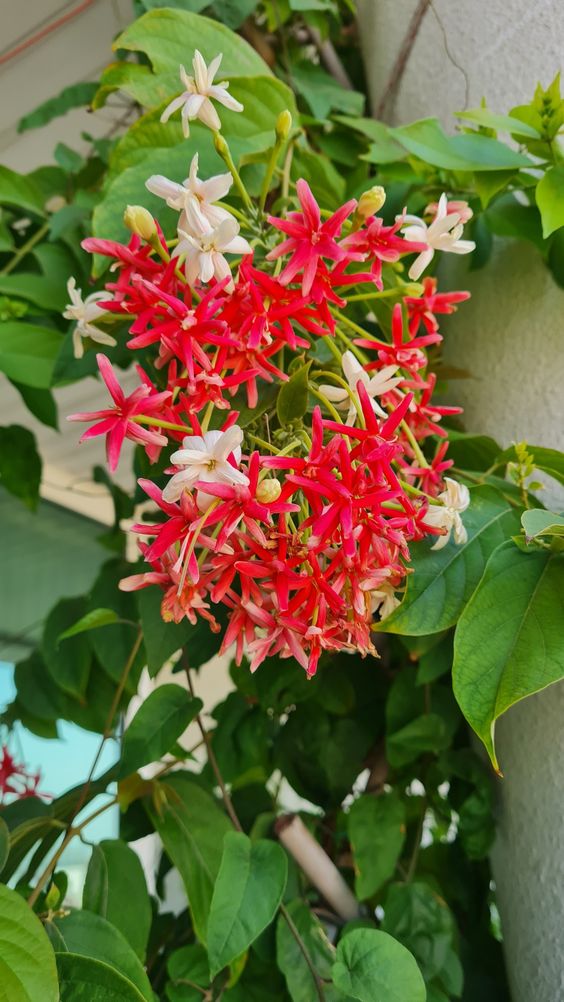
Ensure that the potted plant stays adequately moist for around a month to allow the cuttings to establish roots. The process of division remains unchanged from the previous season.

To start the process of separating two plants, carefully expose the root system of the mother plant and identify areas where they can be separated. Loosen the soil around the smaller roots to stimulate growth. Put the cat litter in separate pots and then transfer to a soaker. Afterward, move the pots to a shaded area and keep them there until consistent growth is observed. When dealing with Rapgoop creeper vine, it’s important to prevent any potential pest or disease problems from occurring.

Possible paraphrased content:
In the future, your plant may face issues such as scale and caterpillar infestations. To get rid of caterpillars and their eggs, you need to follow specific guidelines. Sometimes, you may still find some caterpillars lurking around your plant. Fortunately, you can buy some remedies from your local pharmacy or store to tackle these pests.
Another problem that your plant may suffer from is root rot. This condition can occur when you water your plant excessively or use soil that retains too much moisture for a long time. To prevent root rot, you need to ensure proper drainage and avoid overwatering your plant.
The Chinese Honeysuckle is a popular choice for many gardeners and farmers due to its attractive features and versatility. However, this climbing plant requires some support to grow properly. That’s why ivy is often used to cover walls, fences, or other structures that can serve as a trellis for the honeysuckle to cling onto and show off its beauty.

The Rapgoop creeper is a creeping vine that can be found covering house fences or used as a hedge plant in subtropical and tropical areas such as Pakistan and China. It thrives in hot and humid climates and is a great choice for arranging in low bowls as well as serving as centerpiece flowers. The flowers of the plant are known to be rich in nectar, making them an ideal option for attracting pollinators like butterflies, bees, and hummingbirds. Additionally, the plant is believed to have therapeutic properties, with its different components like the roots, leaves, and fruit being utilized in herbal medicine to alleviate various symptoms and conditions.

